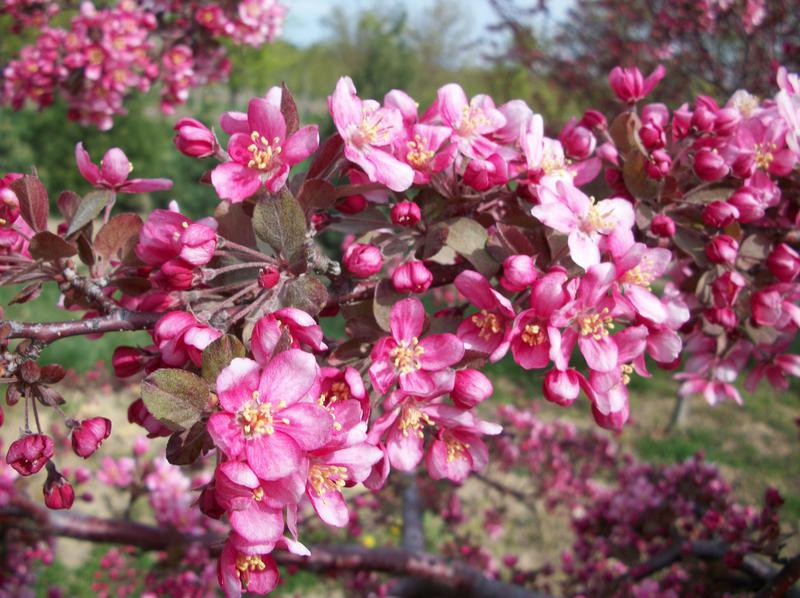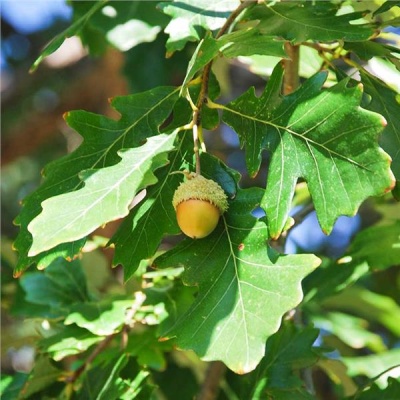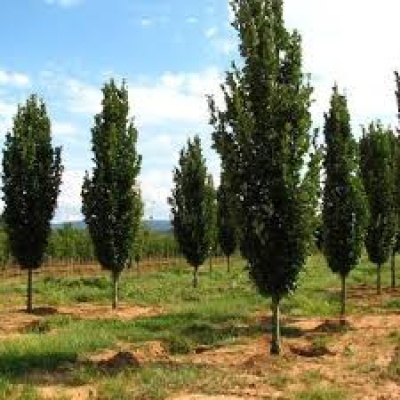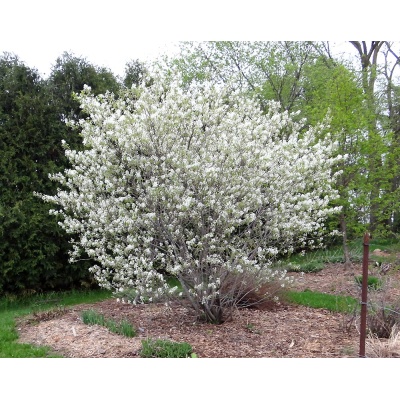Description
 Malus ‘Purple Prince’
Malus ‘Purple Prince’
Common Name: flowering crabapple | Type: Tree
Family: Rosaceae | Zone: 4 to 8
Height: 18.00 to 20.00 feet | Spread: 18.00 to 20.00 feet
Bloom Time: April | Bloom Description: Rose red
Sun: Full sun | Water: Medium
Maintenance: Low | Suggested Use: Flowering Tree
Flower: Showy, Fragrant | Attracts: Birds, Hummingbirds, Butterflies
Fruit: Showy, Edible | Tolerate: Air Pollution
Culture
Best grown in medium moisture, well-drained, acidic loams in full sun. Adapts to a wide range of soils. Established trees have some drought tolerance. Although some flowers may be lost, it is best to prune this tree as needed in late winter. Spring pruning should be avoided as it produces fresh, open cuts where fireblight bacterium can enter.
Noteworthy Characteristics
Malus is a genus of about 35 species of deciduous trees and shrubs from Europe, Asia and North America.
Genus name from Latin is an ancient name for apple.
‘Purple Prince’ is a cross of (Malus ‘Bluebeard’ by Malus ‘Liset’) by Malus ‘Garnet’ that was developed by John L. Fiala of Medina, Ohio. The patent has been assigned to the J. Frank Schmidt & Son Co. nursery of Boring, Oregon. ‘Purple Prince’ is a small rounded tree with upward spreading branches that grows 18 to 20 ft. tall and wide. In spring, it has ovate purple-bronze leaves that gradually turn green in summer and then golden in fall. Its rosy red single flowers mature into round 3/8 to 1/2 in. purple fruits that persist into winter and attract birds. ‘Purple Prince’ has excellent resistance to scab and cedar apple rust and good resistance to fireblight and mildew. It is considered to be a rapid grower but is less likely to have problems with stem splitting. U.S. Plant Patent #8,478 issued November 30, 1993.
Problems
The main diseases of crabapple are scab, fire blight, rusts, leaf spot and powdery mildew. Potential insect pests are of lesser concern and include tent caterpillars, aphids, Japanese beetles, borers and scale. Spider mites may occur.
‘Purple Prince’ has good disease resistance to the main diseases of crabapples.




Reviews
There are no reviews yet.